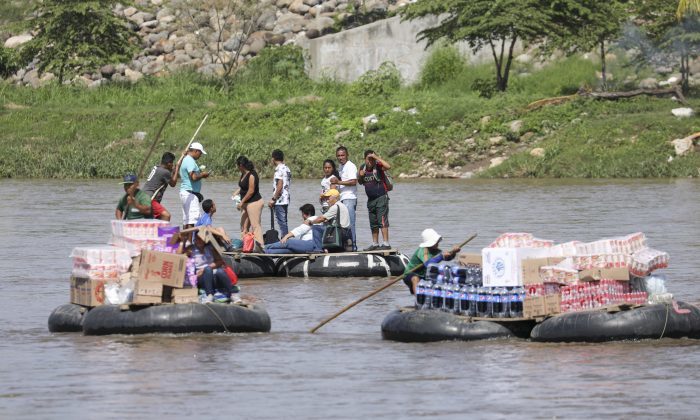
But there is still no sign of the 6,000 troops that the Mexican government said it would deploy after President Donald Trump threatened to impose escalating tariffs if Mexico did not move to secure its southern border.
The tariffs were set to start on June 10, but Mexican officials averted them with an agreement that included a promise to secure its 540-mile southern border with Guatemala.
Mexican President Andrés Manuel López Obrador said a new National Guard force will be formed by June 30, of which 6,000 troops will be posted to the Mexico-Guatemala border. The National Guard will consist of members from Mexico's military police, naval police, federal police, and the National Migration Institute, according to Luis Crescencio Sandoval González, Mexico's secretary of defense.
"We are covering the southern border, and we are helping with the effort of the National Institute of Migration, which now has the power to be securing people, and we are supporting them to be able to carry out this activity," González said at a press conference on June 24.
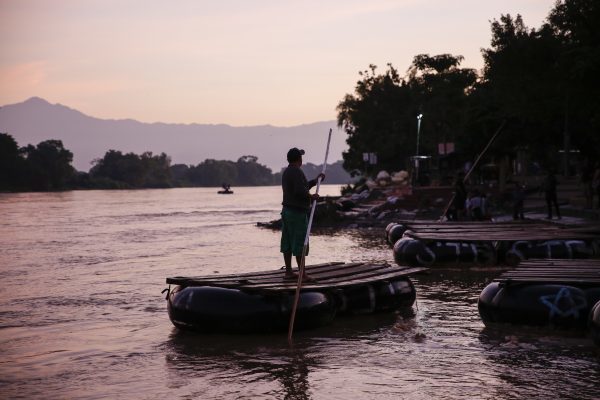
"The National Guard is going to be in the southeast of the country-it's going to cover the whole country, but the south of the country is going to be a priority," Casaubon said.
But in the southeast of Mexico, the shores of the Suchiate River by Hidalgo City are void of military might.
Eduardo Gallardo Gonzalez, secretary of the department of municipal protection in Suchiate, Hidalgo City, said they are still expecting the National Guard.
"At this moment, the National Guard has not arrived," he told The Epoch Times on June 25. "We do know that the National Guard is coming, but we do not know when."
Gonzalez said the military and Navy have always conducted periodic patrols of the river border, but they're not a constant presence, and patrols haven't increased since the deal with Trump was reached.
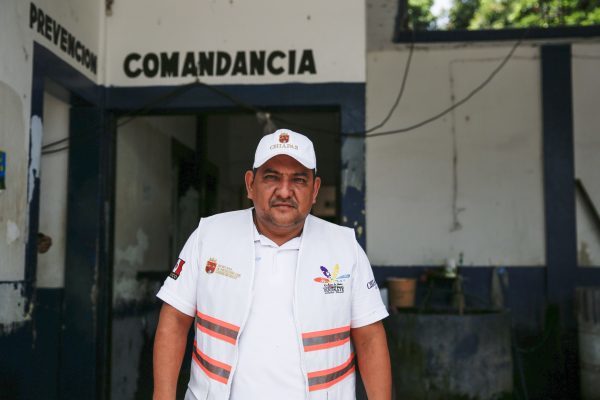
Data from Mexican immigration authorities shows that more than 26,800 migrants were apprehended in this area after crossing illegally in the first four months of 2019-making up half of the total apprehensions along the border.
However, with the United States apprehending more than 130,000 illegal immigrants in May, mostly from Central America, it's clear that most of the migration at Mexico's southern border is happening outside of legal channels.
The crossings over the Suchiate River from Tecun Uman into Mexico look nothing like in December 2018 when the international bridge was heaving with thousands of migrants as the second large caravan rammed its way through.
Now, the migrants cross in small groups and usually just in the early morning or late evening.
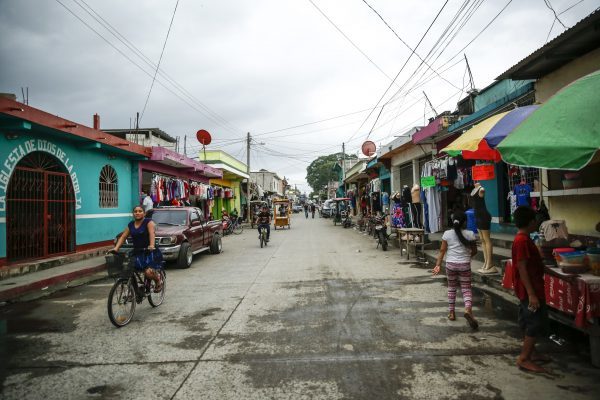
"Normally, the majority of the people are from Central America," said Gonzalez. "But, now we are also seeing Haitians and Cubans. The majority of them cross the river on a tube raft or wade across, then they walk 40km [25 miles] to Tapachula."
From January to April, immigration authorities said they apprehended more than 1,800 Africans, 554 Indians, 393 Bangladeshis, 1,000 Haitians, and almost 2,000 Cubans crossing illegally.
The majority of the 5,000 migrants currently at the Tapachula detention center are from Haiti and Africa.
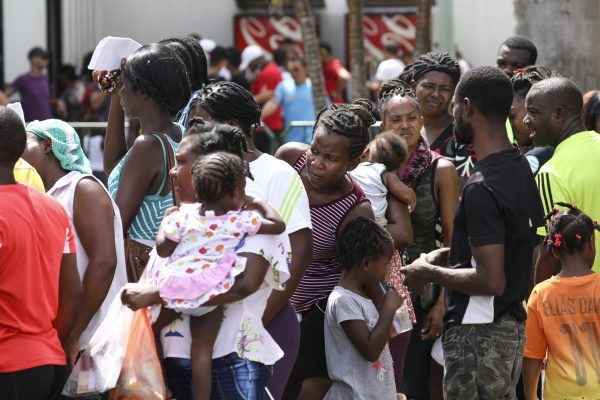
The caravans opened the floodgates to sustained, high levels of migration toward the United States, said Herbert Ivan Alayn Ortega, a member of the municipal council of Ayutla, San Marcos, Guatemala. He is based in Tecun Uman.
Before the caravans, Ortega said the largest groups that passed through Tecun Uman were no more than 50 people.
Comment: The skyrocketing numbers can be attributed to 'non-profit' organizations illegally instigating and funding the migrants: Leftist open borders Activists are organizing the illegal alien caravan
"Eight months ago, because of the caravan, the migrant flow went up steeply," he told The Epoch Times on June 25. "We as a border city here in Tecun Uman, we have always lived with the migrant situation. We have seen people from India, Asia, of many nationalities-besides the Central American people we see all the time."
Ortega said the migrants continue to cross illegally at the five main crossing points in the area, near the international bridge-Armadillo Pass, Coyote Pass, Palenque, Cruz del Migrante, and Cascajo.
A lot of speculation and uncertainty surrounds Mexico's new security measures. If, and when, the measures become apparent, however, new smuggling routes will be set and the migration will continue, Ortega said.
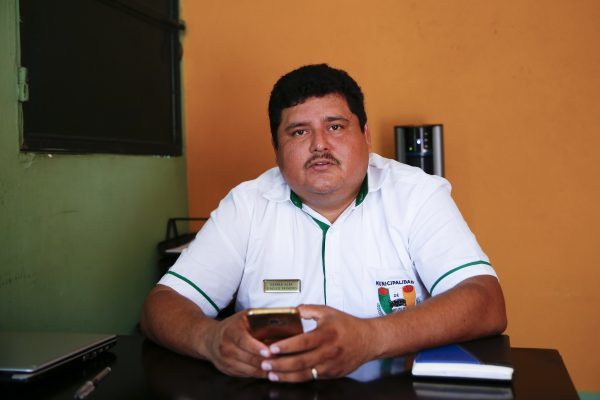
But everything comes at a price, and the night crossing is 40 quetzales ($5.40) per person, rather than the usual rate of 10 quetzales ($1.35).
About 160 miles north of Tecun Uman, in La Mesilla, the price of being smuggled to the United States has already increased from $6,000 to $10,000.
Other lesser-used routes are further north through the jungle, a more difficult and dangerous journey through drug trafficking territory. These may become more commonly used, depending on Mexico's moves.



Comment: As proof of the porous borders, Ms. Cutherberson has uploaded a number of telling videos to her twitter account: